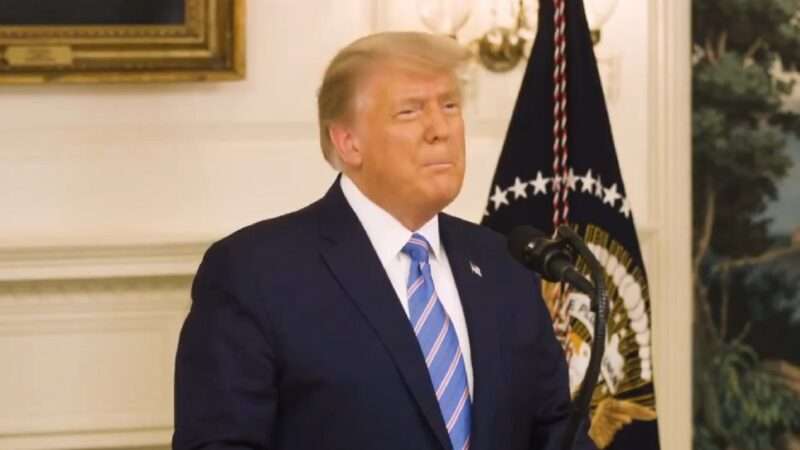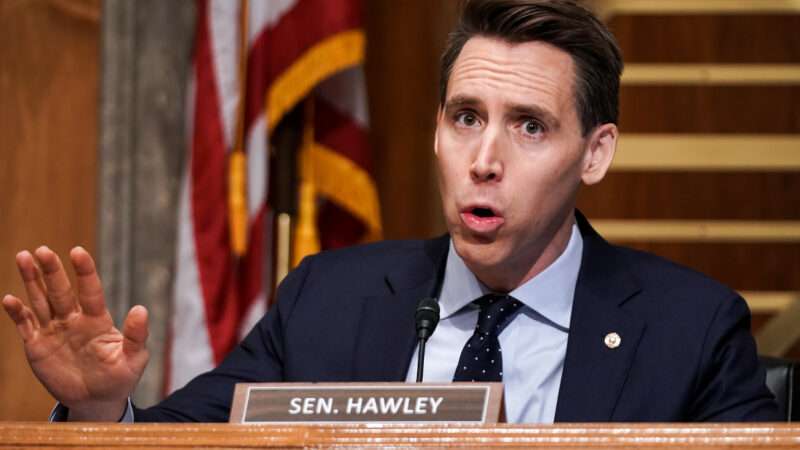Democrats prevailed in both Georgia Senate runoff elections this week. Once those election results are certified, there will be 50 Senators caucusing with each party in the Senate (as two independents—Sens. Sanders and King—caucus with the Democrats). This has happened before—most recently in 2001—but it is quite unusual.
The general presumption is that a 50-50 Senate will give Democrats effective control of the Senate once Kamala Harris is sworn in as Vice President on January 20. Under Article I, Section 3 of the Constitution, the Vice President serves as President of the Senate, with the authority to cast the tie-breaking vote when the Senate is “equally divided.”
Vice President Harris will certainly be able to cast the deciding vote when the Senate splits along party lines, but will the Democrats actually have control of the Senate? As it turns out, that is a bit more complicated.
50+1 is greater than 50, but it’s not quite the same as 51-49 split. Numerically, there is less margin for error, and operationally it can be difficult to maintain control. When Vice President Harris is present, the Democrats will have a majority, but she will not always be present. (She will have a day job to attend to, even when not attending the funerals of foreign dignitaries.) And, as a practical matter, the 50-50 split creates a real possibility that Republicans could have a temporary majority of those physically present at any given point, with the opportunity to create mischief, including asserting majority control (even if only temporarily).
The last time the Senate was equally divided was in 2001. Each party had fifty Senators, and George W. Bush was in the White House, so Vice President Dick Cheney held the tie-breaking vote. Senate Republicans expected to assert majority control, with all of the attendant privileges, but it was not to be.
Largely due to the insistence of Senator Tom Daschle, the Senate adopted a power-sharing agreement (embodied in this resolution) that gave Republicans an edge, but fell far short of true control. As recounted by Marty Paone, who served as Secretary for the Minority at the time, the agreement produced even splits on Senate Committees, equal staff levels and equal office space, but gave Republicans a slight edge in agenda control and created a mechanism to ensure items could not be bottled up in committees by tie votes.
A CRS report detailing the power-sharing agreement summarizes its provisions as follows:
Committees
- All Senate committees would have equal numbers of Republicans and Democrats;
- a full committee chair could discharge a subcommittee from further consideration of a measure or matter, if it was not reported because of a tie vote; and
- budgets and office space for all committees were equally divided, with overall committee budgets to remain within “historic levels;”
Discharging Measures or Matters
- If a measure or nomination was not reported because of a tie vote in committee, the majority or minority leader (after consultation with committee leaders) could move to discharge the committee from further consideration of such measure or nomination;
- this discharge motion could be debated for four hours, equally divided and controlled by the majority and minority leaders. After the expiration (or yielding back) of time, the Senate would vote on the discharge motion, without any intervening action, motion, or debate; and
- if the committee were discharged by majority vote, the measure or matter would be placed on the appropriate Senate calendar to await further parliamentary actions.
Agenda Control and Cloture
- The agreement prohibited a cloture motion from being filed on any amendable item of business during the first 12 hours in which it is debated;
- required both party leaders “to seek to attain an equal balance of the interests of the two parties” in scheduling and considering Senate legislative and executive business; and
- noted that the motion to proceed to any calendar item “shall continue to be considered the prerogative of the Majority Leader,” although qualifying such statement with the observation that “Senate Rules do not prohibit the right of the Democratic Leader, or any other Senator, to move to proceed to any item.”
Will the Senate do something similar this year? I have my doubts, but we will see. On the one hand, it is the most recent applicable precedent, and some of the practical downsides of trying to maintain control of the Senate. On the other hand, partisan divisions are much greater today than they were back then, and both parties have engaged in opportunistic obstruction and retaliation against the other, to the point that there is little trust or comity between the parties. (And it is not as if yesterday’s fiasco helped in that regard.)
Whether this sort of agreement is adopted or not, I think that Senate Democrats will find that 50+1 does not create the sort of stable majority for which they had hoped, particularly when there are some Senators (e.g. Joe Manchin) who may not be on board with everything the Democratic caucus wishes to do, and Vice President Harris may not want to spend all of her time in the Senate. For these reasons, I suspect Senator Schumer will ultimately seek some sort of accommodation with Senator McConnell, if for no other reason to ensure an orderly Senate for the next two years. If so, it will be interesting to see what that deal looks like, and whether it reflects the accommodation of 2001.

from Latest – Reason.com https://ift.tt/2LzRZTN
via IFTTT



